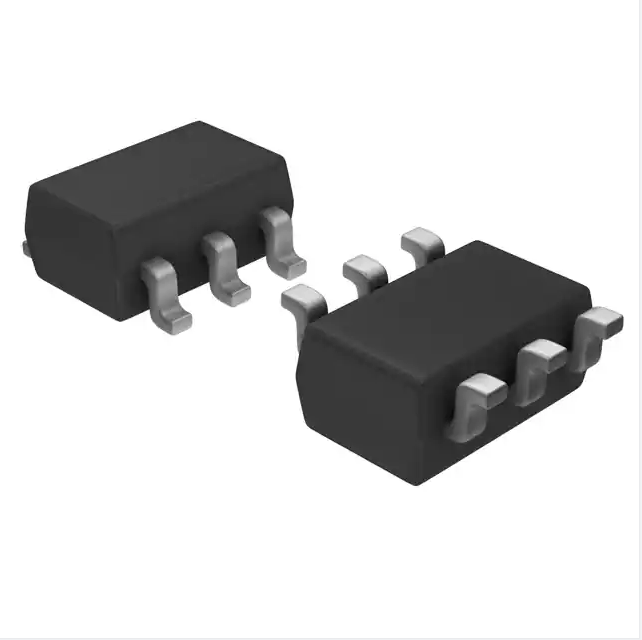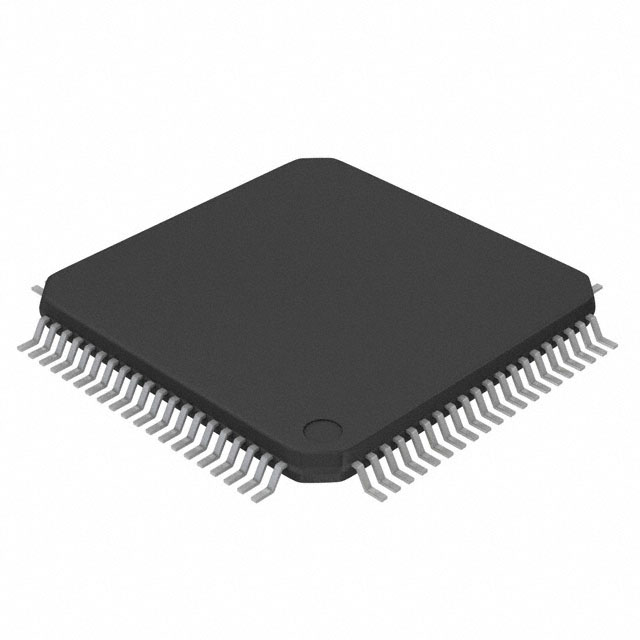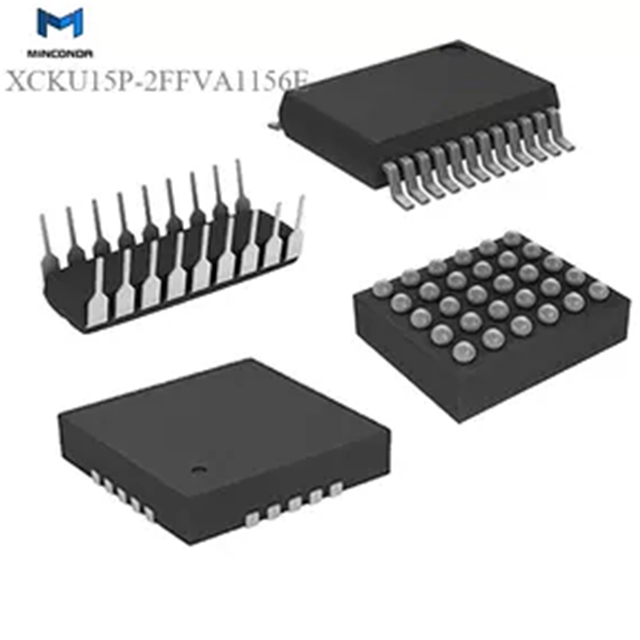New And Original Integrated Circuit QFN56 EN6382QI Non-Isolated PoL Module DC DC Converter Output 0.6 ~ 5.9V 8A 3V – 6.5V Input
Product Attributes
| TYPE | DESCRIPTION |
| Category | Power Supplies – Board Mount DC DC Converters |
| Mfr | Intel |
| Series | Enpirion® |
| Package | Tape & Reel (TR) Cut Tape (CT) Digi-Reel® |
| Standard Package | 250 |
| Product Status | Obsolete |
| Type | Non-Isolated PoL Module |
| Voltage – Input (Min) | 3V |
| Voltage – Input (Max) | 6.5V |
| Voltage – Output 1 | 0.6 ~ 5.9V |
| Voltage – Output 2 | - |
| Voltage – Output 3 | - |
| Current – Output (Max) | 8A |
| Applications | ITE (Commercial) |
| Features | Remote On/Off, OCP, OTP, OVP, SCP, UVLO |
| Operating Temperature | -40°C ~ 105°C |
| Efficiency | 96% |
| Mounting Type | Surface Mount |
| Package / Case | 56-QFN |
| Size / Dimension | 0.31″ L x 0.31″ W x 0.12″ H (8.0mm x 8.0mm x 3.0mm) |
| Supplier Device Package | 56-QFN |
| Control Features | Enable, Active High |
| Base Product Number | EN6382 |
Important Intel developments
In 1968, Intel Corporation was founded with Robert Noyce as Chief Executive Officer (CEO) and Gordon Moore as Chief Operating Officer (COO), followed by Andy Grove. In 1971, Intel introduced the world’s first commercial computer microprocessor, the 4004. In 1981, the Intel 8088 processor made the world’s first personal computing device. In 2001, Intel first launched the Xeon processor brand for data centers, laying a solid foundation for the digital world. In 2003, Intel launched Centrino, ushering in the era of wireless mobile computing. Intel was ranked 51st in the 2016 Fortune 500. In April 2016, Intel launched the processor Xeon 7290F with up to 72 processor cores, making it Intel’s processor with the most cores. In February 2019, Intel launched the Xeon Platinum 9282, which has 112 threads, the most threaded processor. In 2017, Intel established a data-centric centric transformation strategy to tap into a vast $300 billion market opportunity. in June 2018, Intel announced that it accepted the resignation of CEO Brian Krzanich and that CFO Bob Swan was named interim CEO, who became the official CEO on January 31, 2019. in January 2021, Intel announced that Pat Pat Gelsinger was the new CEO, effective February 15, 2021.
In 2020, Intel’s revenue reached US$77.9 billion, a record high for the fifth consecutive year. In September 2020, Intel launched its new brand identity. In March 2021, Intel announced its IDM 2.0 strategy. On 5 January 2022, Intel officially launched the 12th generation Core Mobile Edition, with three series, H, P, and U, for gaming, all-around, and thin and light notebooks respectively, with a total of 28 models.
In February 2022, Mobileye, Intel’s self-driving division, announced today that it plans to launch self-driving electric shuttles in the US with partners in 2024.
14 March 2022, The Game Developers Conference 2022 (GDC22) will begin on 21 March. Intel has now announced the agenda for its GDC22 conference.
On 15 March 2022, Intel announced that it will invest €17 billion in its European superchip manufacturing facility in the eastern German city of Magdeburg.
Intel Theory Contributions.
1.Moore’s Law
When Gordon Moore introduced Moore’s Law in 1965, the integrated circuit had only been in existence for six years. Since then, Moore’s Law has guided the development of the semiconductor industry.
On April 19, 1965, Moore published a paper in the journal Electronics entitled “Cramming More Components into Integrated Circuits”. In this paper, Moore famously predicted that the number of components that could fit on the most advanced microchips would increase by approximately double each year over the next 10 years. This is known as “Moore’s Law”. He also foresaw the potential applications of these more powerful chips, “integrated circuits will give rise to such wonders as home computers, automotive automation, and personal portable communication devices”. In addition, technology based on miniature integrated circuit chips would become “more pervasive throughout society”, enabling many functions that were not adequately supported by other technologies at the time or not at all.
Moore’s prediction proved to be very accurate. According to his predictions, by 1975, the most advanced microchips should be able to hold up to 65,000 transistors. The actual number of transistors in a new family of memory chips released that year was 65,536 – Moore’s decade-long prediction was accurate to the single digit of a percentage point.
2.Tick-Tock mode (pendulum mode)
Tick-Tock (process year – architecture year) is Intel’s strategic model for chip technology development, also known as the Tick-Tock model or Pendulum model. The “tick” in each Tick-Tock represents an increase in process, smaller transistors, and an enhancement of the original microarchitecture, while the “tock” in a Tick-Tock represents a microarchitectural innovation while maintaining the same process. The “Tock” in Tick-Tock is a micro-architectural innovation while maintaining the same process. In this way, the two paths of process and core architecture enhancements always alternate, avoiding the risks of simultaneous innovation on the one hand and shortening the development cycle on the other, as well as providing a continuous stimulus to the market and ultimately increasing the competitiveness of products.













.png)